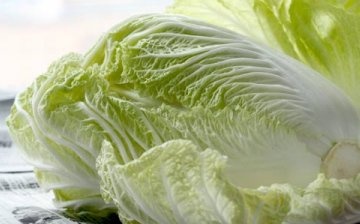Growing Chinese cabbage
Cabbage is a wonderful plant. So many different types and so many benefits for humans. For a long time I made do with traditional white cabbage (and from time to time bought cauliflower), until I discovered broccoli and kohlrabi, Brussels sprouts and Beijing cabbage. The latter, very tender and light, is now a frequent guest on our table. Everyone liked the delicious salads made from it, and I was interested in the question of growing Chinese cabbage. What if I tried to do it myself?
But, not so simple - experts say. It is not always possible to grow a good Peking in our conditions. To do this, you will have to prepare a little. First you need to find out what is vital for this plant, and what is strictly prohibited. In order for this cabbage to have time to build up its vegetative mass, it must be sown (or transplanted) rather early, back in April. Do not worry, the plant can withstand light frosts (up to -4 degrees below zero).
If the cabbage does not have time to get strong before the beginning of May, it can be hit by a cruciferous flea. To combat it, dusting with dust or chlorophos is used. These activities can be carried out only before the beginning of the head of cabbage tying.
Further care consists in loosening the soil, weeding, watering (if there is no rain for a long time in the heat) and thinning. If you seem to be doing everything right, but nevertheless, Beijing cabbage goes into the arrows - pay attention to the choice of variety. They say Dutch seeds do well in this regard. Try Manoko, Nunems, Simenis and other hybrids.




I love this plant in all sorts of different salads. But to grow such a salad in the garden - somehow it never occurred to me. but we should try!